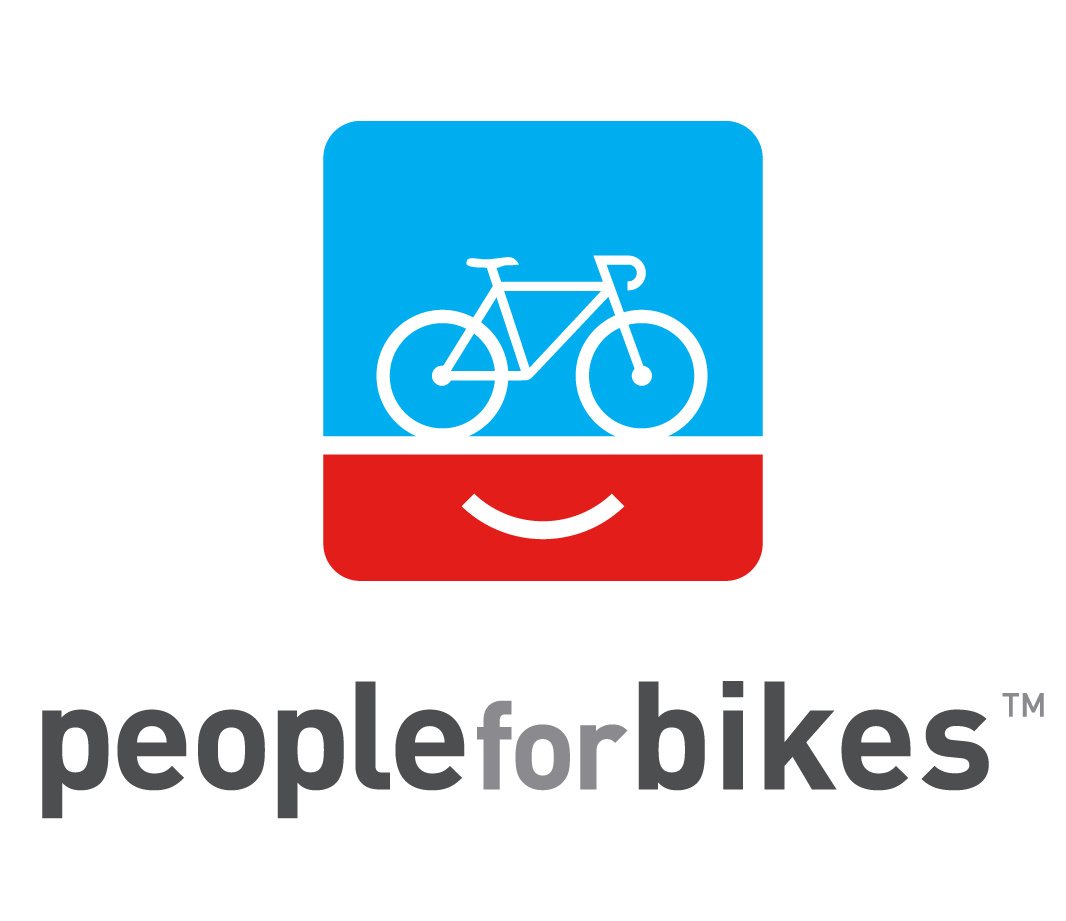Building a More Bikeable Nation
- Posted on
- By People For Bikes
- Posted in cycling, trails

PeopleForBikes’ Great Bike Infrastructure Project invests in communities across the U.S. to create safer and more connected places to bike for people of all ages and abilities.
1,000 TRANSFORMATIVE PROJECTS
The Great Bike Infrastructure Project database includes thousands of bike projects across the U.S. You can sort this table by clicking on any column heading and will soon be able to filter by project type (protected bike lane, off-road trail, other bikeway, other facility), project status (proposed, approved, funded, completed), or state to find and support a project near you.
infrastructure.peopleforbikes.org/project-list
We know what it takes for people of all ages and abilities to feel safe and comfortable riding a bike in their community. The SPRINT principles enable your city to change high-stress streets into low-stress streets, providing safe and comfortable routes for bicyclists of all ages and abilities.
Slow Speeds
When travel speeds are low, bikes and cars can safely mix. As travel speeds increase, each mobility mode should have a separate, designated space on the road. Communities can make bicycling safer by reducing speed limits to 25 mph or less, in conjunction with other safety measures. Traffic calming features are important to ensure drivers follow the posted speed limit.
Protected Bike Lanes
Protected bike lanes provide physical separation between people driving and bicycling. Protected bike lanes make roads safer for all users, including people driving, and U.S. cities need many more of them. Painted, unprotected bike lanes are useful in limited circumstances, such as when travel speeds and car volumes are modest and cars are limited to one or two lanes. When roads are wide, there are high volumes or cars, or speeds are faster than 30 mph, they should provide robust physical separation to keep people bicycling safe. Cities can be creative with their physical separation using concrete planters, bollards, curbs, and temporary construction materials such as jersey barriers.
Reallocate Road Space
For nearly a century, cities have attempted to solve growing traffic congestion by widening roads. We now know that wide roads facilitate speeding, leading to more crashes. They also incentivize driving through induced demand, which worsens noise, air pollution, and congestion. By rethinking how streets best serve people, city leaders can free up space for other valuable uses like protected bike lanes, wider sidewalks, bus rapid transit lanes, restaurant seating, or trees and benches.
Intersection Treatments
About 50% of traffic injuries and 25% of traffic fatalities occur at intersections, making them a key target for safety improvements. Cities can reduce crashes by adding safe crossings at intersections or mid-block when the distance between existing crossings is far. Stop signs, traffic signals, flashing beacons, and crossing islands can all improve intersection safety and fill critical links in a bike network. Cities can also create safer intersections by building protected intersections, lowering travel speeds, and reducing motor vehicle travel lanes.
Network Connections
Investments in bike infrastructure are most impactful when they combine to create a seamless low-stress network that enables people to travel from where they live to everyday destinations like the grocery store. Great bicycle networks are also efficient, ensuring that people do not need to travel farther by bike than they do by car to reach their destination safely. Compact development that allows people to live close to where they work, shop, and recreate facilitates network connections by reducing sprawl and shortening trip distances.
Trusted Data
Since no federal or state standards for cataloging and measuring bicycling infrastructure exist in the U.S., PeopleForBikes’ City Ratings relies on OpenStreetMap to measure the quality of a city’s bike network. Greater accuracy in OpenStreetMap data leads to a more accurate City Ratings score and can help cities determine benchmarks for success and improvement. PeopleForBikes’ annual City Snapshot survey also helps improve our data quality. We encourage city staff, advocates, and/or policymakers to submit the City Snapshot on behalf of their city in advance of the next annual City Ratings release.
How you can make a difference.
- Sign up for PeopleForBikes’ Action Alerts to stay notified on how to support biking in your community. Join Our Email List
- Don’t see a project that should be included? Fill out this form to have a project added to our list. Submit a Project
- Support the state and local advocacy groups making biking better in your community. See the Full List of Projects
- Sign up for PeopleForBikes’ Building Better Communities newsletter for inspirational stories and best practices for improving bicycling locally. Build Better Communities
- Any other questions? Reach out to our local infrastructure team. Contact PeopleForBikes

